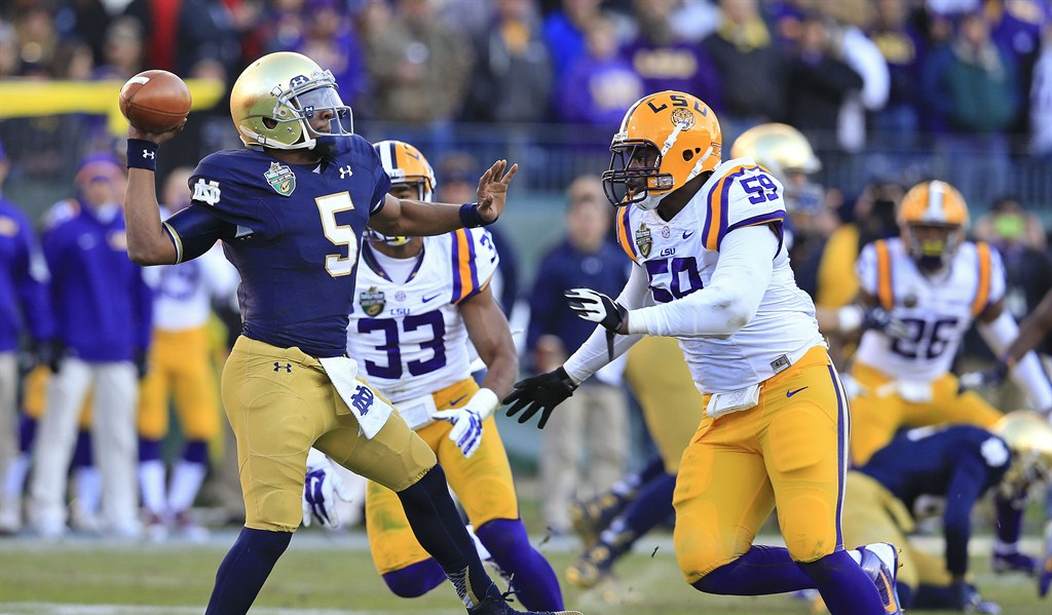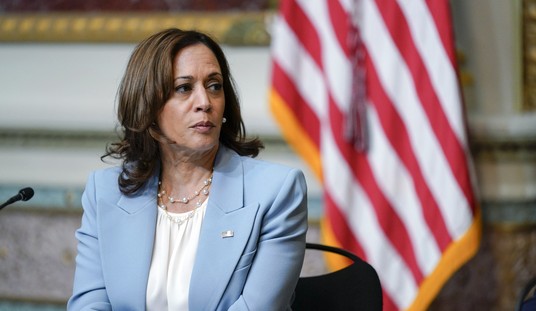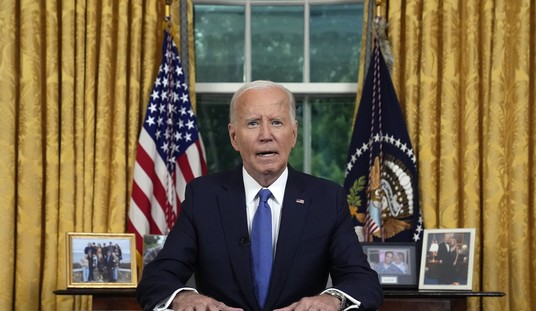Today, college football fans will enjoy the first round of the first playoff-like system for the sport.
First, Florida State will play Oregon in the Rose Bowl at 5:00 PM, and then later at 8:30 PM, Alabama will play Ohio State in the Sugar Bowl. The winners of both games will then play on January 12th in Dallas for the first College Football Playoff National Championship.
While the system is no doubt an improvement over the Bowl Championship Series system, it still leaves far too much power in the hands of politicians off the field, and not enough control in the hands of teams on the field (just ask Baylor and TCU).
Separately, the recent wave of conference realignment has destroyed a slew of classic rivalries (including Pittsburgh v West Virginia, Nebraska v Oklahoma, and Texas v Texas A&M) and coincided with a significant drop in college football attendance (who wants to go see Minnesota play Rutgers?).
It may never happen, but I'd still love to see a true college football national championship. One where all conference champions got to decide their fate on the football field. One where all the old classic rivalries were revived. And it wouldn't be that hard.
First, we'd have to realign the conferences back to their former states.
The SEC would go back to a true round robin (from west to east): LSU, Ole Miss, Mississippi State, Alabama, Auburn, Vanderbilt, Tennessee, Kentucky, Georgia, and Florida
The ACC would round out at ten teams (from north to south): Maryland, Virginia, Wake Forest, North Carolina, Duke, NC State, Clemson, South Carolina, Georgia Tech, and Florida State.
Recommended
The Big East would be revived and rounded to ten (from north to south): Syracuse, Boston College, Connecticut, Notre Dame, Rutgers, Penn State, Pittsburgh, West Virginia, Virginia Tech, and Miami.
The Big 10 would go back to having 10 teams (from west to east): Minnesota, Wisconsin, Iowa, Illinois, Northwestern, Indiana, Purdue, Michigan, Michigan State, and Ohio State.
The nine-school Southwest Conference would be revived (including): Texas, Texas A&M, TCU, SMU, Baylor, Texas Tech, Houston, Rice, and Arkansas.
The Big 8 would also reflect its name again (from west to east): Colorado, Nebraska, Oklahoma, Oklahoma State, Kansas State, Kansas, Missouri, and Iowa State.
The Pac 10 would shrink back to ten (from north to south): Washington, Washington State, Oregon, Oregon State, California, Stanford, UCLA, Southern Cal, Arizona, and Arizona State.
Finally, a two division super conference would be created out of the remaining schools. These schools would play just an 11 game schedule and there would be a championship game on the last day of the season when the rest of the conferences were playing their big end of the year rivalry games (e.g. Alabama v Auburn, Pittsburgh v West Virginia, USC v UCLA, Michigan v Ohio state etc.)
That would give us 8 conference champions who could then be paired up in traditional New Year's Day Bowls, including:
- Pac 10 v Big 10 in the Rose Bowl
- Big 8 v Big East in the Orange Bowl
- Southwest v at large in the Cotton Bowl
- SEC v at at large in the Sugar Bowl
Two semi-final games would then be played at the two schools with best records against Big 7 conference opponents that year. Then a championship game at a neutral site.
All of the other bowl games would continue as normal.
The biggest barrier to this plan, of course, is the existing television money driven conference realignment.
But if game attendance continues to fall, and schools like Maryland miss playing ACC rivals like Duke in basketball, there is always a possibility a big network could broker such a new system in the future.

























Join the conversation as a VIP Member